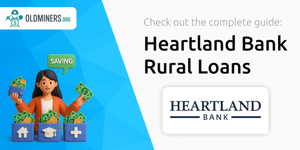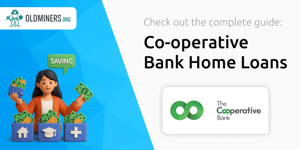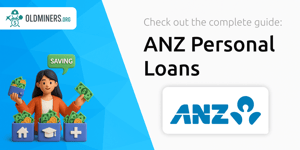
Every morning, millions of investors worldwide check their portfolios, watching green and red lines dance across screens. Yet, the most profound investment opportunity often lies not in mutual funds or individual equities but within each of us. By directing time, energy, and resources toward personal development, we can unlock higher earning capacity and professional fulfillment, cultivating returns that extend far beyond monetary gains. This article explores why allocating your financial and emotional capital to self-improvement represents the ultimate, long-lasting payoff.
To set a baseline, consider that the S&P 500 has delivered approximately 13.3% annualized returns over the past decade ending December 2024, while the Russell 3000 index returned about 12.55% over the same period. Smaller companies, tracked by the Russell 2000, averaged 7.82% annually. Historically, broad U.S. stock market returns hover around 10% per year, although market drops, volatility fluctuations pose challenges—for example, in 2022 the S&P 500 declined by 18.1%, while in 2021 it surged 28.7%. During any ten-year window, nearly a quarter of periods delivered less than 7% per year, reminding us of the inherent unpredictability of equities.
On the lower-risk end, bonds and cash equivalents typically return 3–5% annually. Schwab projects money market returns of around 3.4% over the next decade, offering stability but limited growth. While such assets play a role in preserving capital and providing liquidity, their growth potential pales compared to equities and, arguably, pales even more when contrasted with targeted self-investment initiatives.
Investing in yourself encompasses a spectrum of activities aimed at enhancing your personal and professional capabilities. Unlike stocks or bonds, where returns are quantified in price appreciation or yield, self-investment yields both tangible financial outcomes and intangible benefits—ranging from increased confidence to improved health. Key areas include:
When evaluating investment options side by side, it becomes clear that the potential upsides of investing in yourself can far exceed traditional financial assets—especially over a lifetime.
A bachelor’s degree holder in the U.S. often earns over $1 million more across their career than a high school graduate. Meanwhile, individuals who maintain strong mental and physical health experience fewer medical setbacks and higher productivity, indirectly boosting lifetime earnings. As Warren Buffett famously said, “The best investment you can make is in yourself. The more you learn, the more you’ll earn.” Moreover, the average 2025 IRS tax refund of $2,939 presents a ready source of capital to fund courses, coaching, or wellness programs that can fuel long-term growth.
Just as savvy investors diversify their portfolios, prudent self-investors allocate resources across complementary domains. By employing a measured approach—setting clear goals, vetting opportunities, and tracking outcomes—you position yourself for sustained advancement. Begin by establishing real market value in certifications that align with industry demand. Seek programs with proven track records of elevating careers and incomes.
By viewing personal development as an ongoing portfolio, you can rebalance efforts—adding new skill sets, dropping outdated practices, and reinvesting saves into emerging opportunities. This disciplined process drives compounding returns over years, if not decades.
Reallocating even a modest portion of your income toward self-investment can spark powerful momentum. Commit to building a sustainable habit of growth by treating personal development like a line item in your monthly budget. As with any investment, consistency and review are paramount to success.
By embedding these practices into your routine, you cultivate a virtuous cycle: each new capability not only enhances your performance but unlocks fresh opportunities for advancement and income growth. Over time, these compounded benefits can yield returns far exceeding those offered by any single financial instrument.
Ultimately, the path to prosperity extends beyond fluctuations in equity markets and bond yields. It is charted through the deliberate actions you take to refine your knowledge, strengthen your body and mind, and expand your network. When you invest in yourself, every hour spent learning, every dollar spent on a course, and every relationship nurtured becomes a seed for a richer, more resilient future. Embrace this journey, and watch as your personal capital compounds, delivering the ultimate financial return.
References













